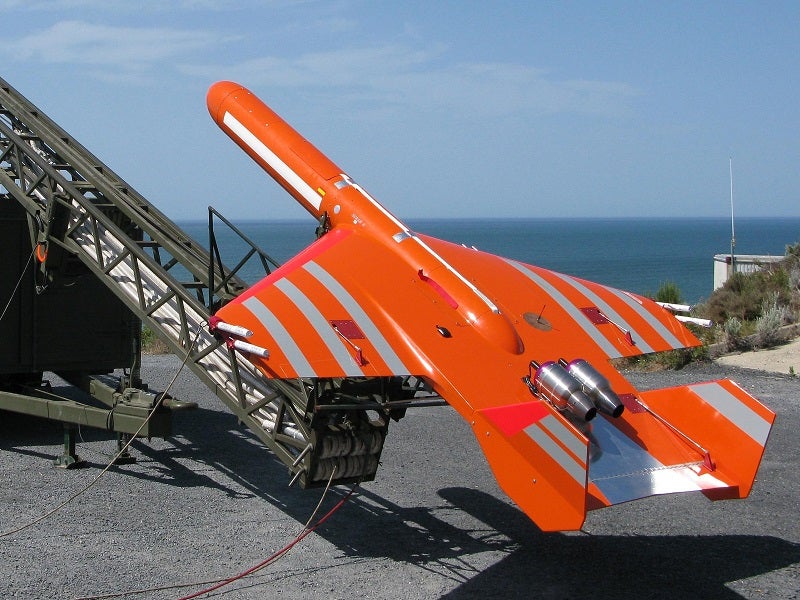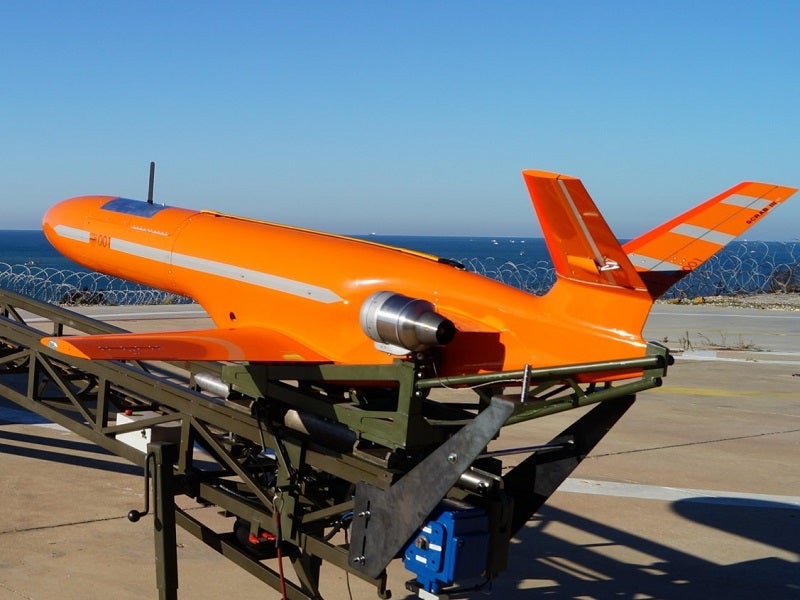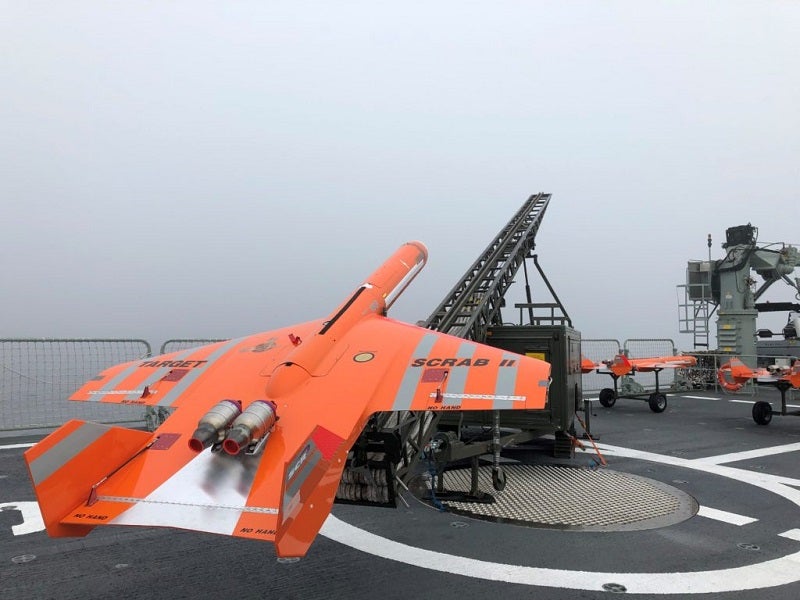The Scrab family of aerial target drones is manufactured by Sistemas de Control Remoto (SCR), a Spanish designer and producer of uncrewed systems.
The drones come in different versions to suit the changing requirements of customers and can be launched from land or ships to test air defence systems.
The Scrab II aerial targets were demonstrated in the Contex-Phibex 2019 training exercises conducted by the Portuguese Navy. The targets were equipped with miss distance indicator (MDI) and passive radar signal amplifiers. The RIM-7 Sea Sparrow and Phalanx missiles were fired against the aerial targets during the exercises.
Scrab target drones orders and deliveries
In May 2021, the Estonian Ministry of Defence signed a seven-year framework contract with SCR to supply aerial targets. SCR is also responsible to provide operation and training services in co-operation with local firm Bristol Trust, under the contract.
The company also signed a framework agreement with the Spanish Navy’s 11th Aircraft Squadron for the service of the MOAI drones and Scrab III target drones and the supply of spare parts for the Scrab II drones. The company previously supplied the Scrab I and Scrab II aerial targets to the Spanish Navy.
Scrab I target drone
The first member of the Scrab family, the Scrab I is a turboprop target drone designed for a range of missions, including offshore. The ability to deploy the drone for offshore exercises is mainly due to the well-protected internal components. The turboprop engine provides increased speed and flight ceiling capabilities, which cannot be achieved using conventional internal combustion engines.
The Scrab I is compact in size, which enables smooth deployment in any location and transportation in a medium-sized vehicle. The simple setup of the uncrewed system also allows it to be ready for operation within 30 minutes. The Scrab I supports Jet A-1, JP5 and JP8 aviation fuels.
It can be used to test 35mm to 90mm canons and missiles such as Standard, Mistral, Roland, and Aspide.
It has a wingspan of 1.62m, a length of 1.95m, and a payload-carrying capacity of 4kg. Its maximum take-off weight is 32kg while the operational ceiling threshold is 5,500m. The target system provides a maximum range of 80km and supports autonomous operation for 30 minutes. It can achieve speeds ranging between 45m/s and 100m/s.
Scrab II target drone
The Scrab II is a twin-turbine aerial target drone. Its turbines are operated autonomously through the onboard electronic systems. The drone is designed to enable enhanced performance with simplified operation and maintenance.
The target drone has a wingspan of 2.52m, a length of 2.94m, and a maximum take-off weight of 90kg. It can carry a variety of payloads weighing up to 10kg. It can fly at speeds of 120m/s and has a range of 100km and a flight ceiling of 6,000m. It can operate autonomously for approximately 60 minutes.
The target drone is equipped with a reliable communication datalink, which has a range of 100km. It can be used for missiles such as Roland, Standard, Hawk, or IRIS-T.
Scrab III target drone
The Scrab III is a high-performance target drone developed to meet the special requirements of the customers. It is designed to suit the requirements of long-range air defence systems such as Patriot, Norwegian Advanced Surface-to-Air Missile System (NASAMS), and advanced medium-range air-to-air missile (AMRAAM).
The wingspan of the 3.13m-long Scrab III is 2m. The drone has a maximum take-off weight of 140kg and a payload-carrying capacity of 13kg. It can fly at a maximum altitude of 8,000m and a speed of 390kt. It has an operational range of up to 100km and an endurance of 60 minutes.
The autopilot feature of the system enables a completely autonomous flight plan throughout the mission from take-off to recovery. The drone has a communication datalink coverage of more than 100km.
Powered by a twin jet engine, the Scrab III can deliver exceptional performance even at high speeds.




